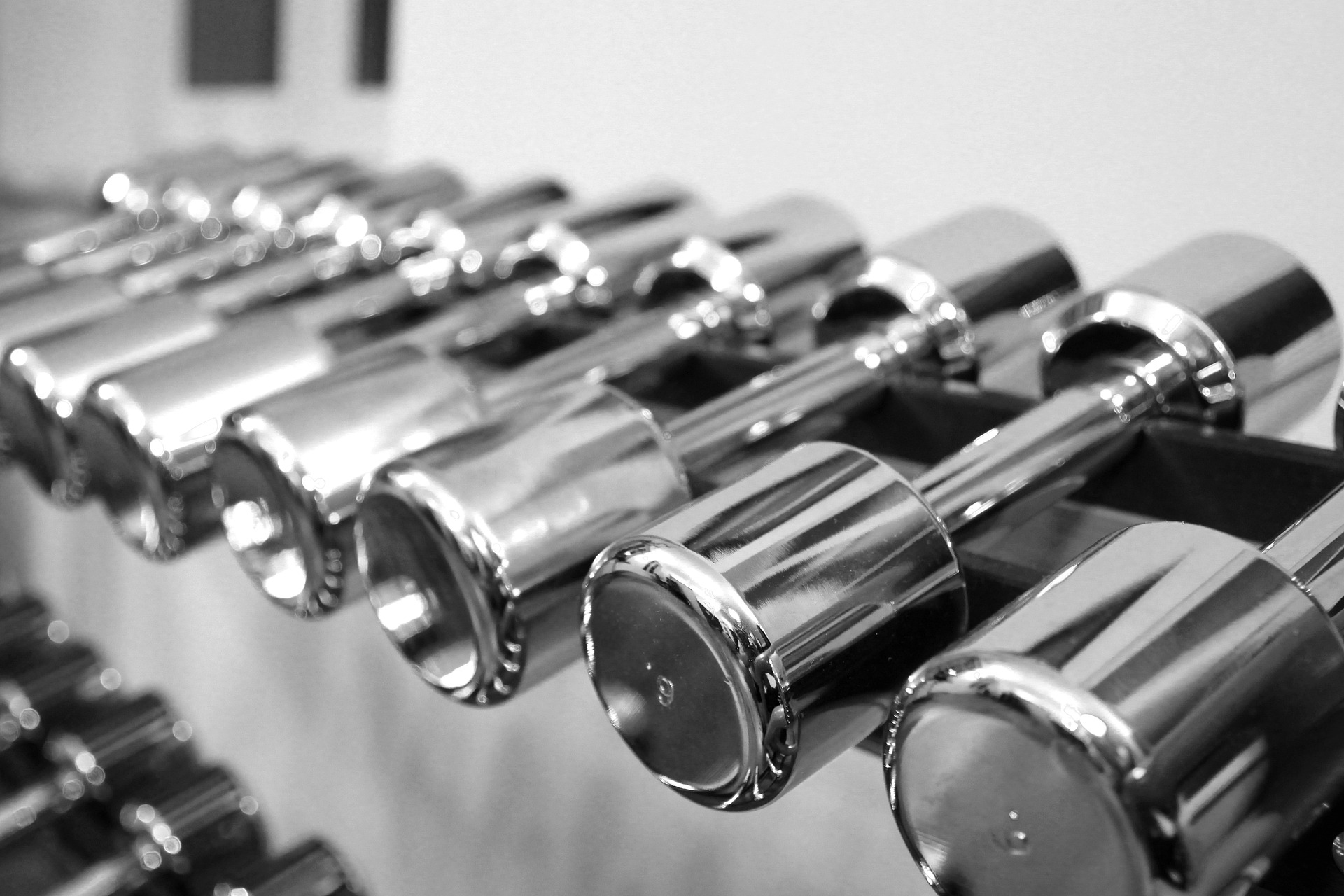If you’re looking to transform your basement into a functional home gym, you’ve come to the right place. Basements offer a unique opportunity to create a dedicated workout area without taking up valuable living space upstairs. Whether you’re tight on space or budget, there are creative ways to make your basement gym both effective and affordable. In this blog post, we’ll explore some fantastic home gym ideas for basements, so you can achieve your fitness goals comfortably and without breaking the bank.
Why Your Basement is Perfect for a Home Gym
A basement gym is ideal because it provides privacy, sound insulation, and a cool environment for exercising. Many people struggle to find an area in their home that’s both spacious and secluded enough for workouts. Basements often go underutilized, and setting up a home gym there is a practical way to maximize your home’s potential.
Below, we’ll cover a range of home gym ideas for basements, from equipment choices to layout tips, all designed to help you create a workout space that suits your needs.
Choosing Compact, Versatile Equipment
One of the most important considerations when creating a basement gym is maximizing space. Basements are often not large, so selecting compact, multifunctional equipment is key.
All-in-One Trainers
All-in-one trainers, like the Speediance or Gym Monster systems, are compact solutions that offer a wide range of exercises. They can fit in basements with low ceilings and allow you to perform cable exercises, bench presses, squats, and more.
- Tip: Check second-hand marketplaces for all-in-one trainers at a fraction of the cost of brand-new ones.
Adjustable Dumbbells
Instead of buying multiple sets of dumbbells, opt for adjustable dumbbells. They allow you to save space and money while still providing the versatility of various weight options.
- Budget Tip: Brands like Flybird and AmazonBasics offer affordable options that can adjust between 11 and 88 pounds, perfect for most exercises.
Creating an Efficient Layout
Making the most of your basement’s limited space is crucial to creating a functional gym. Here’s how to set up your basement gym effectively:
Use Vertical Space
To save space, consider using vertical storage solutions. Wall-mounted racks or hooks can hold equipment like resistance bands, kettlebells, or pull-up bars, freeing up valuable floor space.
- Vertical Options: A wall-mounted dip station or pull-up bar can be an excellent way to incorporate strength training without taking up too much space.
Keep the Center Clear
Arrange larger pieces of equipment against the walls, leaving the center of the room open for activities like mat work, stretching, or cardio exercises. This setup will make your basement gym feel less cluttered and give you more room for movement.
Budget-Friendly Equipment Options
Transforming your basement into a gym doesn’t have to cost a fortune. There are budget-friendly alternatives to many expensive pieces of gym equipment.
Resistance Bands as Cable Machine Alternatives
Cable machines can be bulky and expensive, but resistance bands provide a great alternative. They allow you to do many of the same exercises, such as chest presses, rows, and squats, without needing a full-sized cable system.
- Budget Tip: Resistance bands are incredibly affordable and take up almost no space. They’re perfect for adding to your basement gym setup.
Bodyweight Training Equipment
Bodyweight exercises can be surprisingly effective, and there are a few pieces of equipment that can enhance your bodyweight training in a small space:
- Pull-Up Bars: Doorway pull-up bars are inexpensive and provide a great way to add upper body strength training without taking up floor space.
- Dip Stations: Collapsible dip stations can add variety to your workouts without consuming too much space.
Planning for Cardio in a Basement Gym
Cardio is an important part of any workout regimen, but traditional cardio equipment like treadmills can be bulky. Luckily, there are smaller, more convenient options.
Collapsible Cardio Equipment
Walking pads or collapsible treadmills are excellent for basements with limited space. These options fold away for easy storage, making them perfect for home gyms.
- Affordable Options: There are many budget-friendly collapsible treadmills available on Amazon that can help you keep your cardio routine without taking up permanent space.
Sample Home Gym Layouts for Basements
Minimalist Setup
If you’re on a tight budget and need a minimalist setup, start with:
- Resistance bands
- Foldable exercise mat
- Doorway pull-up bar
Intermediate Setup
If you have a bit more room and budget, consider:
- Adjustable dumbbells
- All-in-one trainer
- Collapsible treadmill
Advanced Setup
For those who want to go all out, you can add:
- Speediance or another compact all-in-one trainer
- Full set of adjustable dumbbells
- Wall-mounted pull-up and dip stations
- Folding rowing machine for cardio
Adding Comfort to Your Basement Gym
A good home gym isn’t just about equipment—creating an environment that’s inviting and comfortable is also crucial.
Flooring
Install rubber flooring or gym mats to protect your basement floor and provide a safe, cushioned surface for your workouts. This will help absorb impact and reduce noise, making your workouts more comfortable.
Lighting and Ambiance
Basements often lack natural light, so it’s important to add adequate lighting to make the space energizing and pleasant. LED lighting is a great option as it’s bright and energy-efficient.
- Personal Touches: Consider adding some motivational posters or even a small speaker system to make your workouts more enjoyable.
Related Resources to Help You Set Up
To get the most out of your basement gym setup, check out these related resources:
- Top Compact Home Gym Equipment – Discover versatile, space-saving gym equipment options.
- Budget-Friendly Home Gym Essentials – Learn how to create an effective gym setup without spending a fortune.
- Best Treadmills for Small Spaces – Explore the best collapsible treadmill options perfect for basements.
External Resources
- Building a Home Gym on a Budget – SELF Magazine provides tips for creating a home gym on a budget.
- Benefits of At-Home Workouts – Learn about the advantages of exercising from the comfort of your home.
Conclusion: Build Your Ideal Basement Gym Today
Creating a basement home gym is a great way to make use of an underutilized part of your house. Whether you have a small space or a larger area, the key is to find the right equipment that suits your needs and budget. From adjustable dumbbells to all-in-one trainers, there are plenty of ways to equip your basement gym without breaking the bank.
Start with the basics, and add pieces as your fitness journey progresses. The most important thing is that your home gym motivates you to keep moving. If you have any questions or want more tips on setting up a home gym, check out Home Gym Spot or leave a comment below. Let’s make your dream home gym a reality!
If you wish to learn more about this subject, check this Youtube video.



